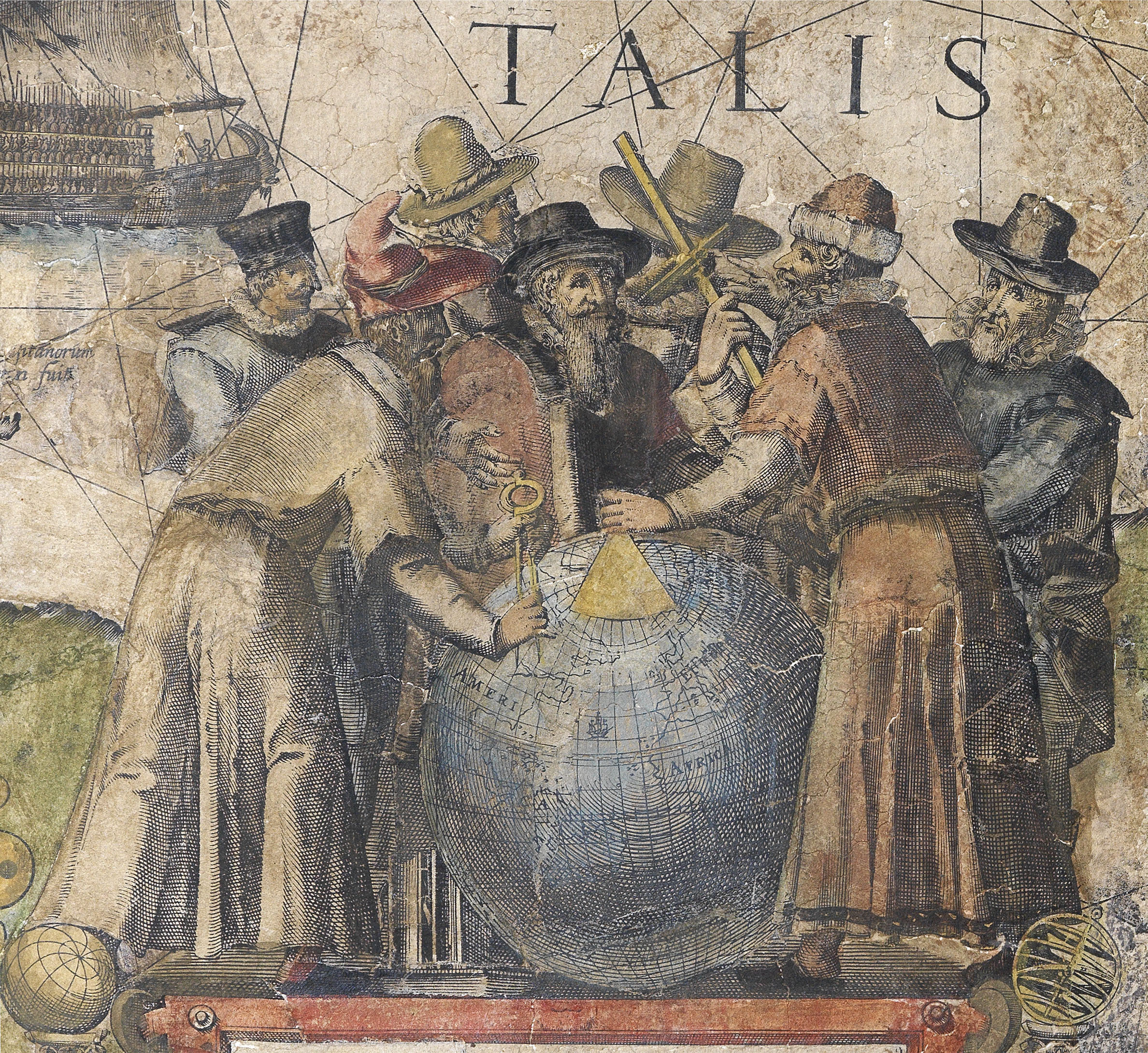Covens & Mortier

After spending the first half of the 1680s in Paris, Pierre/Pieter Mortier (1661-1711) was awarded the right to publish the maps of French cartographers in Amsterdam in 1685. Initially, he published copies of maps by French cartographers, such as Jaillot, Sanson and De l’Isle; followed in the early 1700s by, among others, maps by Blaeu, Allard, De Wit, and Van der Aa. After Pieter’s death in 1711, the business was carried on by his widow (until 1719), followed by his son, Cornelis, and by his brother David (until 1721). In 1721, Johannes Covens joined the firm as partner, having recently married Cornelis’s sister, and together they began to publish under the name of Covens & Mortier. Johannes Covens II inherited his father’s share after his death, and his own son worked with Petrus Mortier IV to continue the work of their forebears, now publishing under the name Mortier, Covens & Son.
In keeping with the founders’ original intention, the firm specialised in the work of French geographers, publishing the maps of Delisle, Jaillot, and Sanson, to name a few. They also produced atlases, including a 1725 reissue of Frederik de Wit’s Atlas Major, their own pocket atlases and town-books. As well as acquiring the plates of earlier and contemporary cartographers, including the expansive stock of Pieter van der Aa in 1730, they also compiled a few original maps in house. At their height, Covens & Mortier had the largest collection of geographic prints ever assembled in Amsterdam, a remarkable feat given the significance of the city as the centre of European cartography.
Among the earliest publications to come out of the firm was a Dutch translation of David Martin’s History of the Old and New Testament – Historie des Ouden En Nieuwen Testaments by Willem Sewel. So sumptuous was the work, a two-volume edition illustrated with one hundred and forty-one plates by various significant engravers, including Jan Luyken, Jan Goeree and Bernard Picart, that it came to be known as the “Great Mortier Bible”.
David Mortier (1673-1728), brother of the famous Amsterdam bookseller Pieter (Pierre) who specialised in atlases, “was naturalised in England on 10 July 1696, and ran a bookselling business at the sign of Erasmus’s Head near the Fountain Tavern in the Strand. Two catalogues of his stock have survived. The earlier, which can be dated c1696, is of 8 pages, and seems to contain plates imported from his brother in Amsterdam. The later, which has been dated c1703, is of 46 pages, and contains mostly imported maps. David was naturalised on his marriage in 1706, and remained in England until his death, apart from various periods in 1711-1721 when he had to return to Amsterdam to help run Pierre’s business after his brother’s death. During these years his shop at Erasmus’s Head was run by his deputy Peter Dunoyer. David is best known for his involvement in the publication from 1707 onwards of Britannia Illustrata, later called the Nouveau Théâtre de la Grande Bretagne” (British Library).
 Rare Maps
Rare Maps  Rare Atlases
Rare Atlases  Rare Books
Rare Books  Rare Prints
Rare Prints  Globes and Planetaria
Globes and Planetaria 






